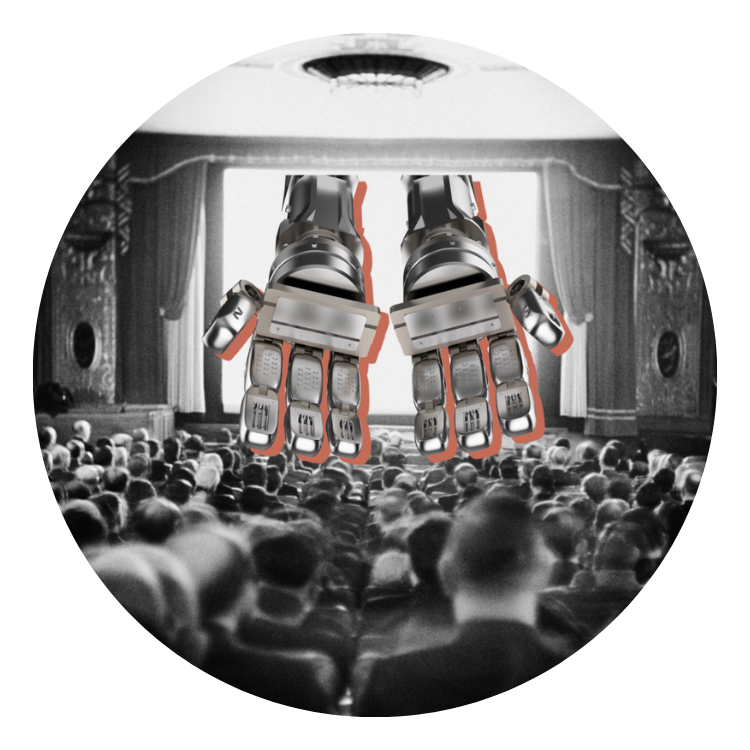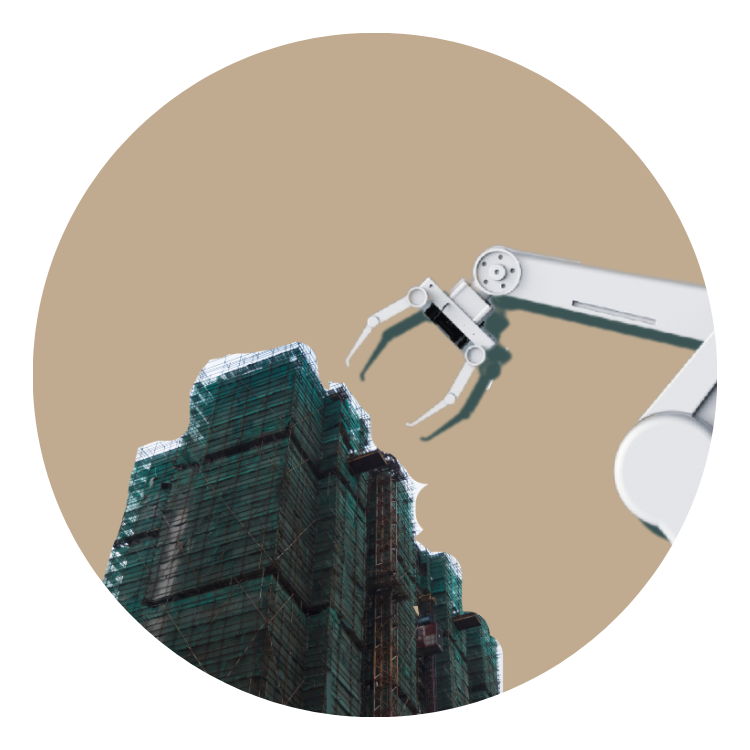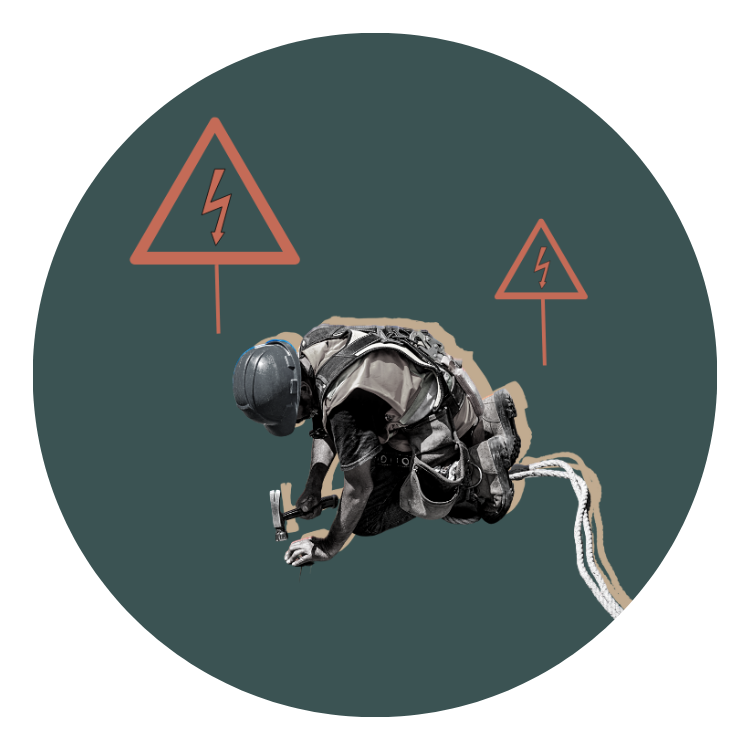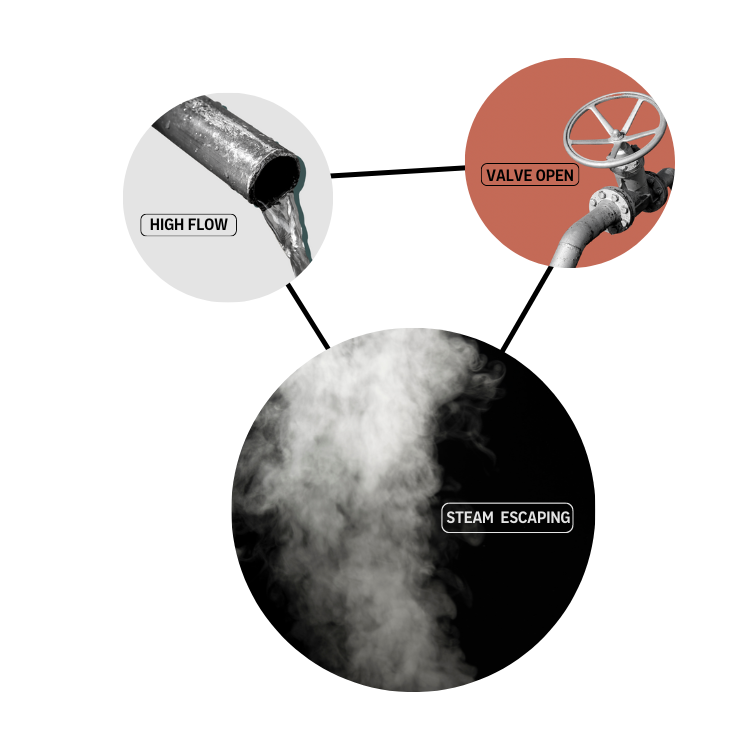Artificial Intelligence To Transform Construction

Technology is all around us.
We rely on it to wake us, find answers, keep us organized, entertained, power our homes, and so much more.
Despite technology’s prominence, the construction industry remains one of the least digitized and slow to adapt to new innovations. Resistance to technological advancement often leads to project delays, cost inefficiencies, undermined productivity, and compromised health and safety.
In honor of National STEM (Science, Technology, Engineering, and Mathematics) Day, we’re diving into how Artificial Intelligence (AI) has the potential to transform the construction sector.
AI is the development of computer systems learning and performing tasks normally requiring human intelligence.
Perhaps the most diverse and complex form of digital technology, it has six notable subsets.
1. Machine Learning
Most AI we experience today comes in the form of machine learning.
Netflix suggests shows similar to ones we’ve previously watched, Spotify suggests music based on liked songs, and Google shows search results based on past online behaviors and interactions.
In construction, machine learning can be used to better analyze occupant use of a space such as which areas get the most foot traffic and which are hardly used, how they're being used, etc.
Machine learning can then make predictions on the best layout and cuts to unnecessary material. The technology in turn helps project teams optimize their time, reduce costs, and cut down on waste to decrease their environmental impact.




2. Robotics
Robots perform physical tasks which resemble human physical activity.
When we think about robots, many of us imagine a scene from a sci-fi movie. In reality, they exist far beyond the screen.
For years, they’ve been widely used across the automotive, defense, and healthcare sectors. As industries continue to face labor shortages, robots can be used to perform repetitive tasks, offsetting the physical labor of engineers, general contractors, and tradespeople so they can focus on tasks demanding specialized skills.
Robots are also beneficial for operating in hazardous environments to reduce health and safety risks for workers.
3. Computer Vision
Computer vision deals with how computers gain high-level understanding from digital images or videos.
Having “an extra set of eyes” with computer vision has seen usage in construction safety applications and progress checks. Collecting, analyzing, and recognizing images with computer vision also improves material management capabilities and streamlines work procedures.
4. Knowledge-Based Systems
Knowledge-based systems help store vast quantities of information and produce insights to help people make better decisions.
These systems help contract managers better understand complex project issues and improve building accuracy.
Similar uses could include improving workers health and safety protocols by utilizing data from accidents to predict risks and provide proactive safety recommendations.
5. Natural Language Processing
Natural Language Processing (NLP), enables computer systems to process text or voice data and comprehend its meaning in the context the writer or speaker intended.
Voice commands on virtual assistants like Apple’s Siri and speech-to-text dictation software have emerged to become a familiar presence in our lives. Unsurprisingly, NLP also simplifies business processes and enhances productivity.
Using it to process unstructured text in construction documents helps contractors, architects, and engineers derive insights for improved project planning, safety, and material management.



6. Optimization
Optimization by artificial intelligence is a problem-solving technology that finds the best of all solutions by analyzing and predicting possible outcomes.
Optimization could provide enhanced work schedules, cut materials costs, or improve energy efficiencies in the construction industry.
The construction industry has much to benefit from AI to improve profitability, performance, and project safety.
Above Green offers full-service support to help project teams achieve high performance sustainable buildings.
Since 2007, we've partnered with architects, developers, contractors, and end-users to reduce the building industry's environmental footprint. We offer design and construction support for all project types across the U.S. and Canada.
As a firm that values learning and development, we look forward to exploring advanced training opportunities and utilizing them in depth with our partners. For more news on ongoing advancements in the industry, follow us on LinkedIn or get in touch.
